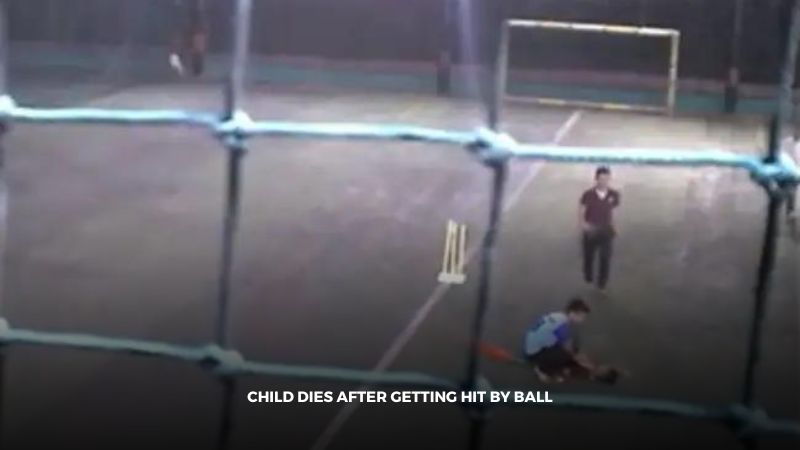The recent tragedy in Pune, where an 11-year-old boy, Shambhu Kalidas Khandve (Shaurya), lost his life after being struck by a cricket ball, has cast a dark shadow over the sport. This heartbreaking incident serves as a stark reminder of the importance of safety measures in cricket, particularly at the grassroots level.
A Game of Passion, But Not Without Risks
Cricket, a sport adored by millions worldwide, isn’t without its inherent risks. A hard cricket ball, weighing around 156 grams and traveling at speeds exceeding 145 km/h during professional matches, can cause serious injuries if proper precautions are not taken. While professional cricketers wear protective gear like helmets, pads, and abdominal guards, such equipment is often absent in casual games played by youngsters.
A Look Back: A History of Cricket Accidents
Shaurya’s case, unfortunately, isn’t an isolated one. Over the years, the cricketing world has witnessed several tragic accidents highlighting the importance of safety:
- Phil Hughes (2014): Australian batsman Phil Hughes died tragically at the age of 25 after being struck on the head by a bouncer during a domestic match. This incident sparked a global conversation about player safety and led to stricter concussion protocols.
- Leslie Ablott (1912): English cricketer Leslie Ablott became the first professional cricketer to die from a cricket-related injury. He was struck on the head by a ball during a county match and succumbed to his injuries a few days later.
- Warwick Armstrong (1940): Former Australian captain Warwick Armstrong passed away at the age of 53 due to complications arising from a head injury sustained during his playing days.
These are just a few examples, and there have been numerous other instances of serious injuries and fatalities in cricket.
Prioritizing Safety at All Levels
In the wake of Shaurya’s death, it’s crucial to emphasize safety measures in cricket, especially at the youth level. Here are some key points to consider:
- Protective Gear: Encouraging the use of basic protective gear like helmets and abdominal guards, even in casual games, can significantly reduce the risk of serious injuries.
- Coaching and Supervision: Proper coaching and supervision by adults familiar with safety protocols are essential for youngsters. Coaches can teach basic batting and bowling techniques while emphasizing the importance of safe play.
- Ground Conditions: Playing on uneven or unsafe grounds can increase the risk of accidents. Ensuring proper playing surfaces free from potholes or debris is vital.
- Awareness and Education: Raising awareness about the potential risks associated with cricket and educating players, coaches, and parents about safety measures is crucial.
Cricket: A Sport for All, Played Safely
Cricket is a sport that brings joy and passion to millions. However, prioritizing safety should never be compromised. By implementing these safety measures and fostering a culture of responsible play, we can ensure that cricket remains a sport enjoyed by all, without the threat of tragedy looming over every game.
Looking Beyond the Incident
While this blog post focuses on the unfortunate accident in Pune, it’s important to acknowledge the broader picture of cricket safety. We can expand on this discussion by including the following:
- Safety Regulations in Professional Cricket: Explore the existing safety regulations in professional cricket and analyze their effectiveness.
- The Role of Cricket Governing Bodies: Discuss the role of cricket governing bodies like the ICC in promoting safety at all levels, from grassroots to international matches.
- Technological Advancements in Safety Gear: Highlight advancements in protective gear technology that can further enhance player safety.
- Promoting Safe Play at Schools and Academies: Emphasize the importance of integrating safety protocols into cricket coaching programs at schools and academies.



